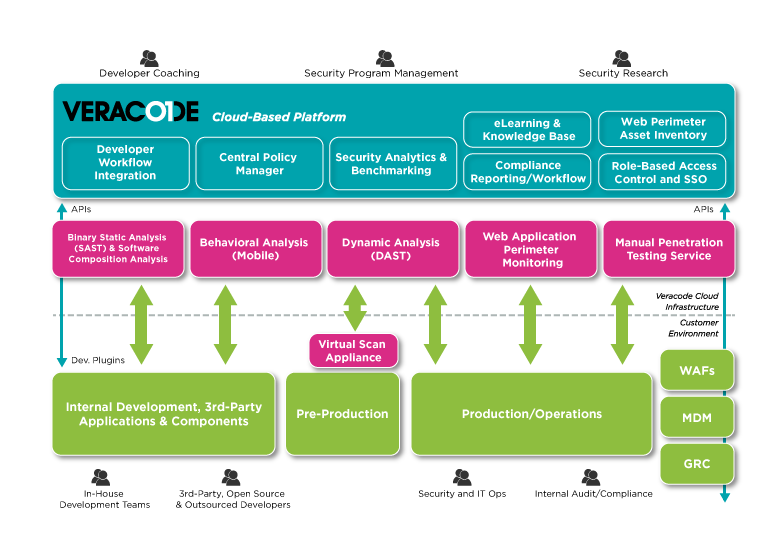What Is SDLC? Software Development Lifecycle Defined
 SDLC stands for software development lifecycle. A software development lifecycle is essentially a series of steps, or phases, that provide a model for the development and lifecycle management of an application or piece of software. The methodology within the SDLC process can vary across industries and organizations, but standards such as ISO/IEC 12207 represent processes that establish a lifecycle for software, and provide a mode for the development, acquisition and configuration of software systems.
SDLC stands for software development lifecycle. A software development lifecycle is essentially a series of steps, or phases, that provide a model for the development and lifecycle management of an application or piece of software. The methodology within the SDLC process can vary across industries and organizations, but standards such as ISO/IEC 12207 represent processes that establish a lifecycle for software, and provide a mode for the development, acquisition and configuration of software systems.
Benefits of the SDLC Process
The intent of an SDLC process is to help produce a product that is cost-efficient, effective and of high quality. Once an application is created, the SDLC maps the proper deployment and decommissioning of the software once it becomes a legacy. The SDLC methodology usually contains the following stages: Analysis (requirements and design), construction, testing, release and maintenance (response). Veracode makes it possible to integrate automated security testing into the SDLC processthrough the use of its cloud-based platform.
Phases of the Software Development Lifecycle
SDLC starts with the analysis and definition phases, where the purpose of the software or system should be determined, the goals of what it needs to accomplish need to be established, and a set of definite requirements can be developed.
During the software construction or development stage, the actual engineering and writing of the application is completed. The software is designed and produced, while attempting to accomplish all of the requirements that were set forth within the previous stage.
Next in the software development lifecycle is the testing phase. Code produced during construction should be tested using static and dynamic analysis, as well as manual penetration testing to ensure that the application is not easily exploitable to hackers, which could result in a critical security breach. The advantage of using Veracode during this stage is that by using state of the art binary analysis (no source code required), the security posture of applications can be verified without requiring the use of any additional hardware, software or personnel.

Once the software is deemed secure enough for use, it can be implemented in a beta environment to test real-world usability, and then pushed to a full release where it enters the maintenance phase. The maintenance stage allows the application to be adjusted to organizational, systemic and utilization changes.
SDLC Implementation
There are two different types of SDLC that can be used: waterfall and agile. The major difference between the two is that the waterfall process is more traditional and begins with a well thought-out plan and defined set of requirements, whereas agile SDLC begins with less stringent guidelines and then makes adjustments as needed throughout the process. Agile development is known for its ability to quickly translate an application that is in development to a full release at nearly any stage, making it well suited for applications that are updated frequently.




